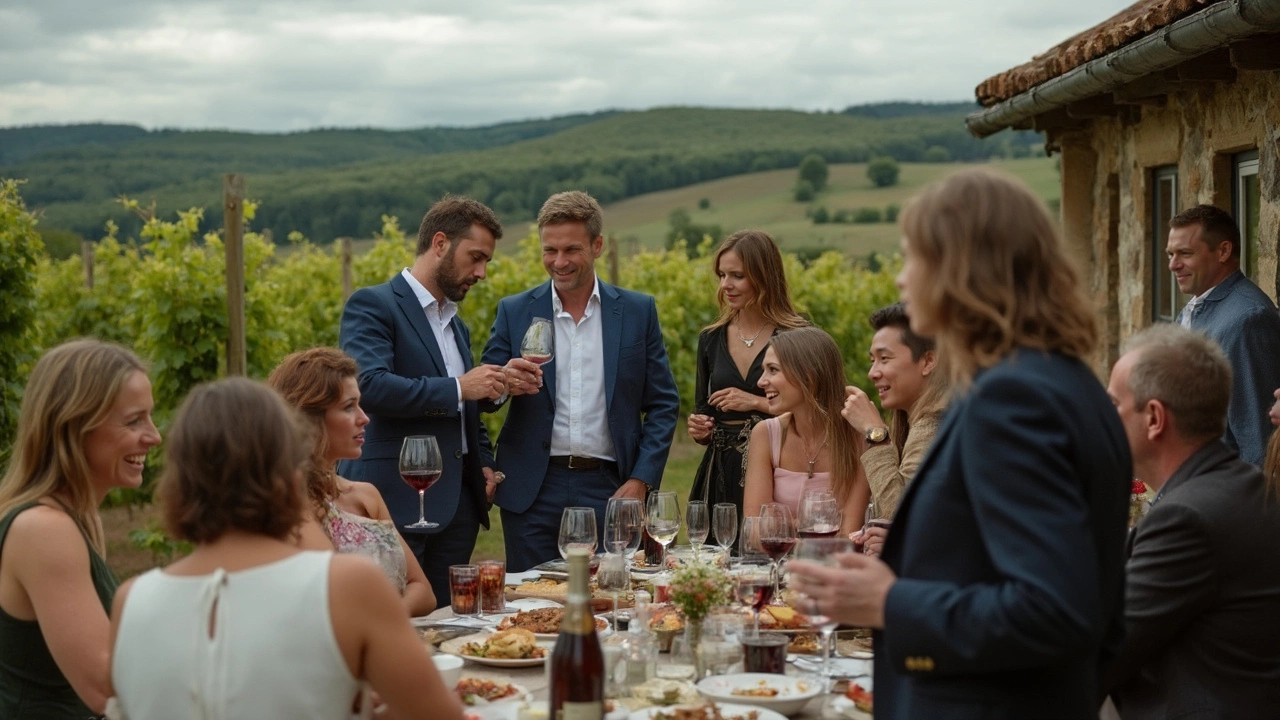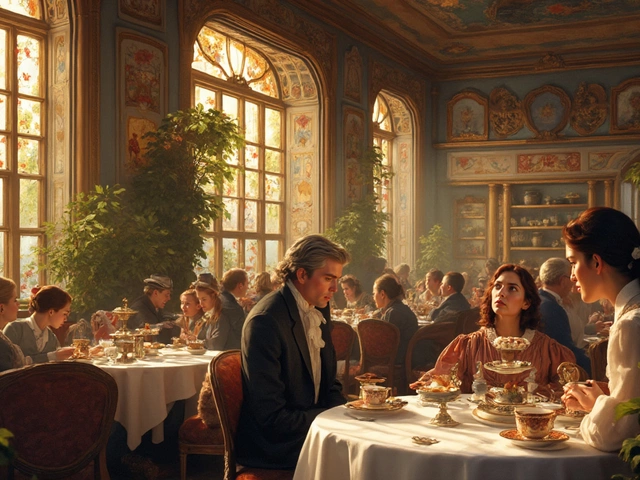Wine Mistakes: Common Errors and How to Fix Them
Ever opened a bottle that tasted flat or smelled off? Chances are you made a small wine mistake without even realizing it. The good news is most of these slip‑ups are easy to fix. Below are the top blunders and simple fixes so you can get the most out of every pour.
Storage and Temperature Slip‑ups
One of the biggest culprits is storing wine at the wrong temperature. Red wines left in a warm kitchen will age faster and lose flavor, while whites kept in a chilly garage turn dull. Aim for a steady 55°F (13°C) for most bottles. If you don’t have a cellar, a basic wine fridge or a dark, cool pantry works fine.
Don’t forget humidity. Too dry and corks shrink, letting air in. Too humid and mold appears. Keep humidity around 70% and let bottles lie on their sides so the cork stays moist.
Glassware, Serving, and Decanting Errors
Using the wrong glass can mute aromas. A big, round bowl is perfect for reds, while a narrow flute highlights bubbles in sparkling wine. If you only have a basic tumbler, just pour a little less and give the wine a gentle swirl.
Serving temperature matters too. Crashing a red into an ice bucket or serving a white too warm spoils the taste. A quick trick: stick the bottle in the freezer for 10 minutes to chill a white, and let a red sit out for 20 minutes before pouring.
Decanting isn’t just for show. Young reds benefit from a short pour to let oxygen open them up, but over‑decanting a delicate wine can strip its subtle notes. A good rule is 30 minutes for a bold red, and only a few minutes for older or lighter wines.
Swirling, Food Pairing, and Label Misreads
People think swirling is fancy, but doing it wrong can splash wine all over the table. A gentle, circular motion in the glass releases aromas without spilling. No need for a dramatic flick.
Food pairing mistakes pop up when you match wine by color instead of flavor. A heavy steak doesn’t always need a full‑bodied red; a tannic wine can clash with fatty meat. Look for complementary flavors—think acidity with rich sauces, or sweetness with spicy dishes.
Finally, misreading labels leads to disappointment. “Reserve” or “Grand Cru” don’t guarantee quality—they’re often marketing terms. Check the producer, region, and vintage. A lesser‑known winery from a good region can outshine a famous name from a bad year.
Quick Checklist to Avoid Wine Mistakes
1. Store bottles at 55°F, 70% humidity, on their sides.
2. Choose the right glass: wide bowl for reds, narrow for whites.
3. Serve at proper temperature—cool whites, slightly warmer reds.
4. Decant only when needed, and don’t over‑do it.
5. Swirl gently, pair by flavor, and read labels carefully.
Follow these steps and you’ll cut out the common wine mistakes that ruin a good bottle. Your palate will thank you, and every sip will feel like a win.
Thinking about heading to a wine tasting? What you do before you sip matters more than you think. This deep-dive article uncovers surprising things to avoid before wine tasting so you get the best experience possible. From skipping perfume to rethinking your coffee, you'll find practical, real-world advice for both beginners and seasoned tasters. Brush up on wine customs and learn how simple pre-tasting slip-ups can change your palate. Don’t miss these smart tips to taste wine like a pro.
View Details

